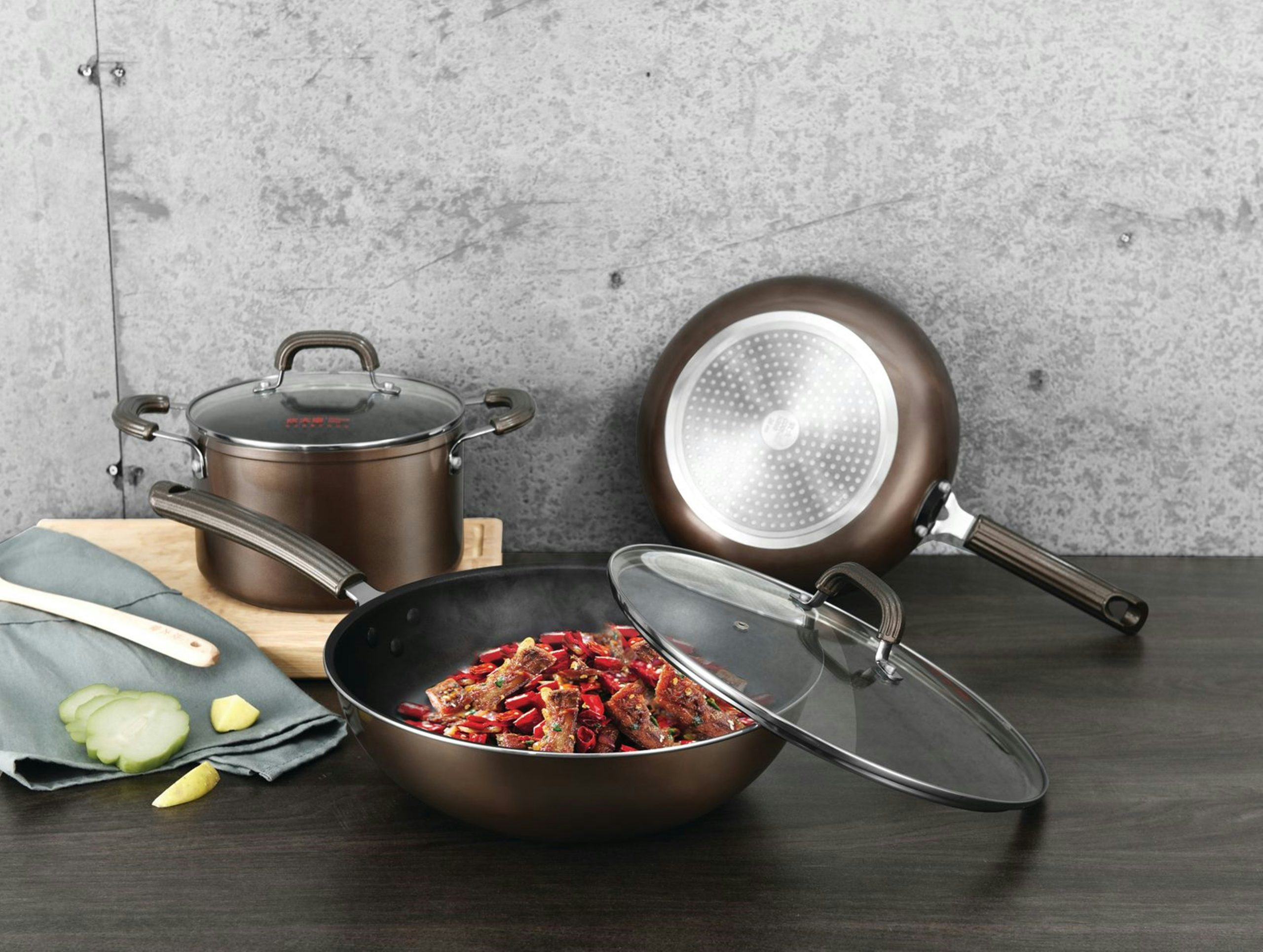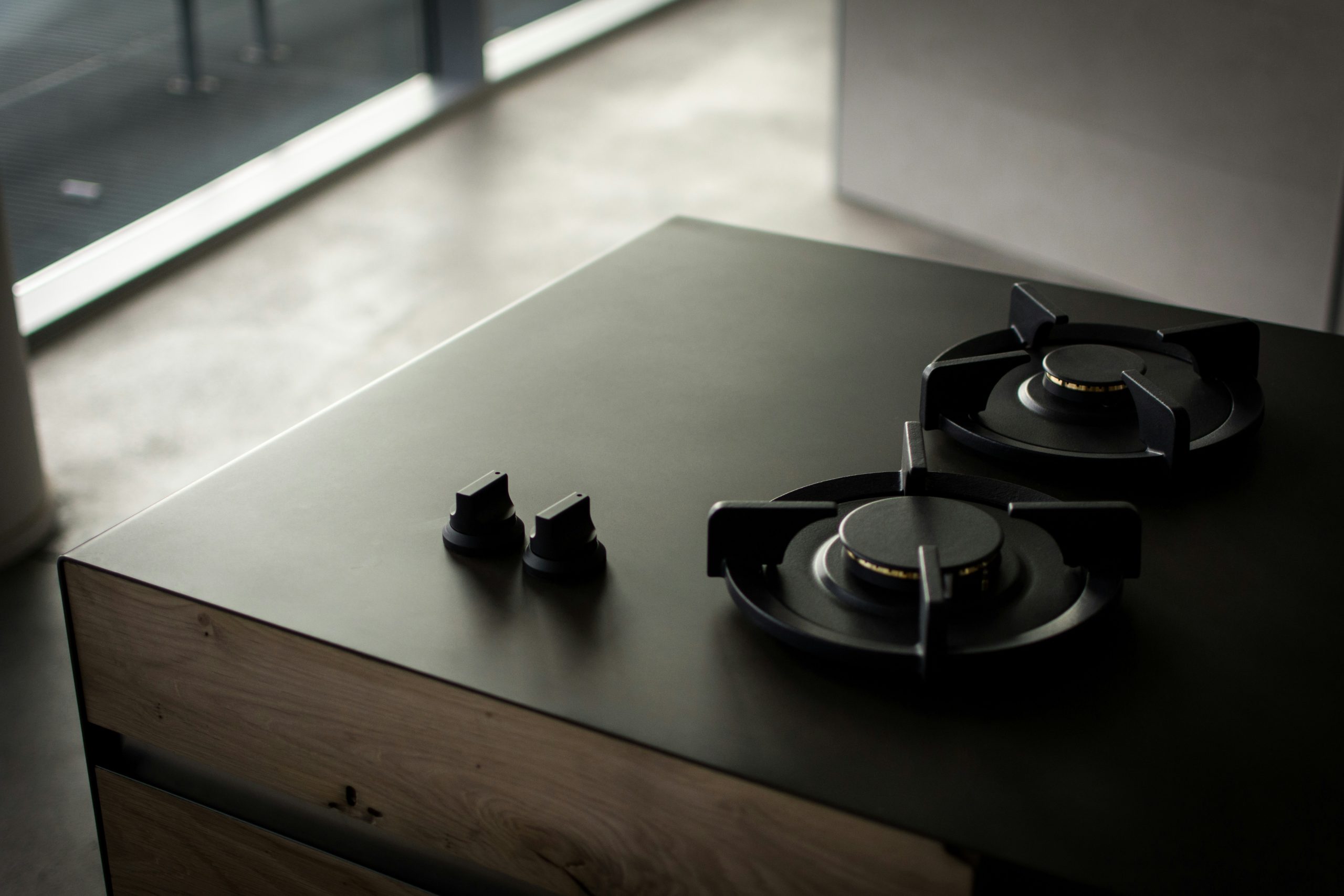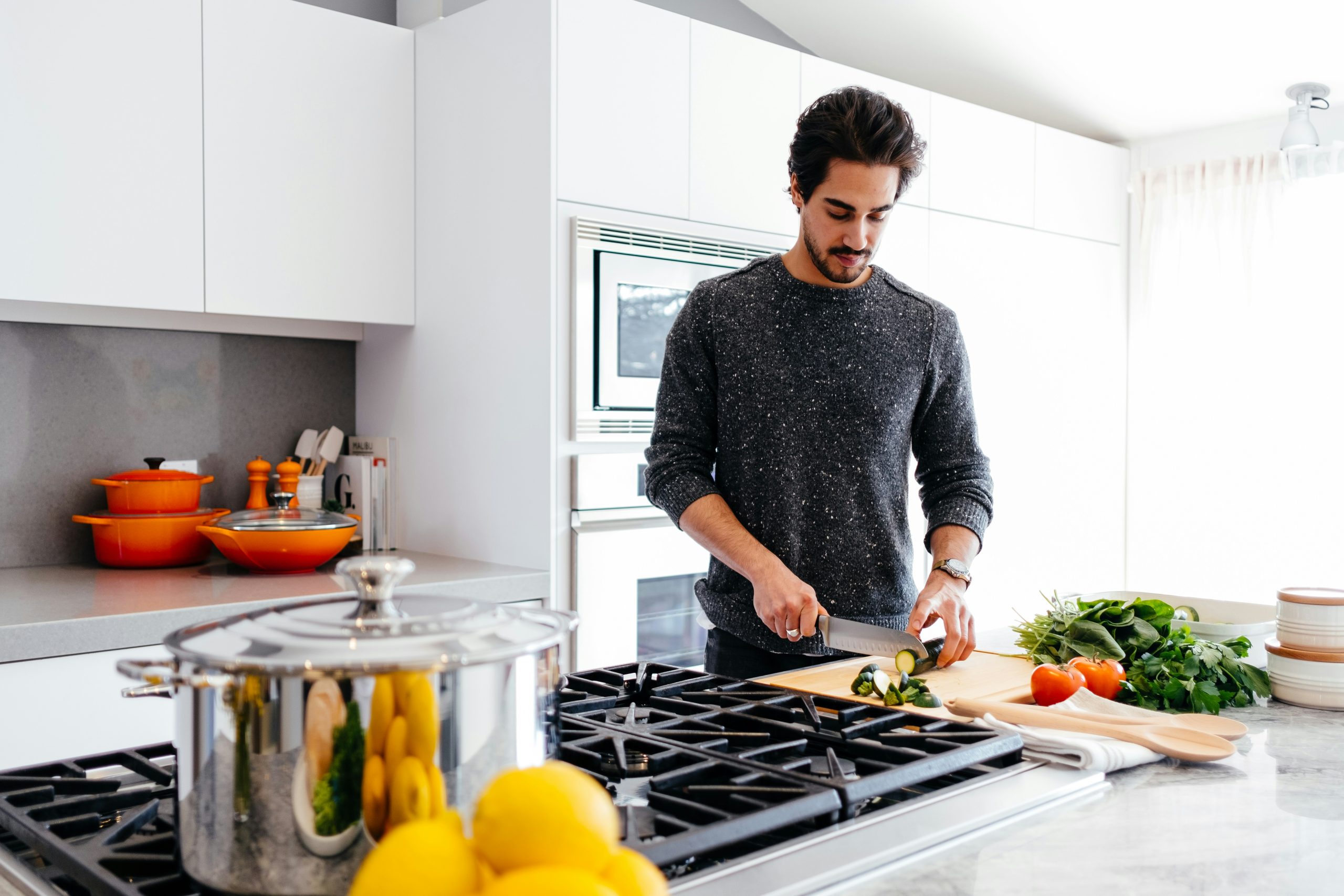Ad Blocker Detected
Our website is made possible by displaying online advertisements to our visitors. Please consider supporting us by disabling your ad blocker.
Are you considering adding a pressure cooker to your kitchen arsenal, but unsure about its safety? Rest assured, pressure cookers are indeed safe to use when proper precautions are followed. With their ability to cook food quickly and retain nutrients, pressure cookers have become a popular choice among busy individuals looking for convenient meal preparation. In this article, we will explore the safety features of modern pressure cookers and provide tips on how to use them effectively to ensure a worry-free cooking experience.
What is a pressure cooker?
Definition and purpose of a pressure cooker
A pressure cooker is a kitchen appliance that uses the power of steam and pressure to cook food quickly and efficiently. It consists of a sealed pot with a locking mechanism and a pressure release valve. The purpose of a pressure cooker is to speed up the cooking process by raising the boiling point of water, which in turn cooks food at a higher temperature and reduces cooking time significantly.
How does a pressure cooker work?
Principles behind pressure cooking
Pressure cookers work on the principle of increased pressure and steam to cook food. When heat is applied to the pot, the liquid inside, usually water or broth, starts to boil. As the liquid converts to steam, it gets trapped inside the tightly sealed pot, causing a rise in pressure. This increase in pressure raises the boiling point of the liquid, allowing for faster cooking times and improved food texture.
Description of the components
A pressure cooker consists of several components that contribute to its functionality. The main body of the pressure cooker is a thick-walled pot made of durable materials such as stainless steel or aluminum. It has a tightly fitting lid with a rubber gasket or sealing ring that creates an airtight seal when locked in place. The lid also features a pressure release valve, which allows excess steam to escape and maintain the desired pressure level inside the cooker.
Steps involved in pressure cooking
To use a pressure cooker, you need to follow a few simple steps. First, add the desired amount of liquid, such as water or broth, into the pot. Next, place the food you wish to cook, whether it be vegetables, meat, or grains, into the liquid. Make sure not to overfill the pot, leaving enough space for steam to build up. Finally, secure the lid onto the pot and set the desired pressure and cooking time. Once the cooker reaches the required pressure, the cooking process begins, and you can enjoy faster and more flavor-packed meals.

Safety features of pressure cookers
Pressure release valves
Pressure release valves are critical safety features in pressure cookers. They ensure that excessive pressure does not build up inside the pot, which could lead to potential explosions. The valve releases steam when the pressure inside exceeds the recommended level, keeping the cooker safe and preventing accidents. It is essential to understand how the pressure release valve works and ensure it is functioning correctly before using a pressure cooker.
Locking mechanisms
Pressure cookers are equipped with locking mechanisms to keep the lid securely in place during the cooking process. These mechanisms prevent the lid from being accidentally opened when there is still residual pressure inside the pot. Locking mechanisms provide an additional layer of safety, ensuring that the cooker remains sealed until the pressure has been completely released.
Sealing rings
Sealing rings, also known as gaskets, create an airtight seal between the lid and the pot, preserving the pressure inside the cooker. These rings are usually made of high-quality silicone or rubber materials that are heat-resistant. It is important to regularly inspect and replace the sealing ring if it shows signs of wear or damage to maintain the cooker’s safety and efficiency.
Pressure indicators
Pressure indicators are built-in features of pressure cookers that allow users to monitor and control the pressure levels inside the pot. They are typically represented by a color-coded system, indicating when the desired pressure has been reached. The pressure indicator helps users avoid overcooking or undercooking their food and ensures the cooker operates at optimal safety levels.
Common concerns about pressure cookers
Explosion risk
One of the most common concerns about pressure cookers is the potential risk of explosions. However, when used correctly and maintained properly, pressure cookers are safe kitchen appliances. The risk of explosions primarily arises from improper usage, such as overfilling the pot, using excessive pressure, or not following the manufacturer’s instructions.
Overcooking and food quality
Another concern some may have when using a pressure cooker is the fear of overcooking food or compromising its quality. While it is true that pressure cooking can cook food faster, it also retains more nutrients and enhances the flavors of the ingredients. With proper knowledge of cooking times and pressure levels, it is possible to achieve perfectly cooked meals with exceptional taste and texture.
Build-up of excessive pressure
There is a misconception that pressure cookers may build up excessive pressure to dangerous levels. However, pressure cookers are designed to automatically regulate pressure and release excess steam to maintain safe levels. The pressure release valve plays a crucial role in preventing the build-up of excessive pressure and ensures the cooker operates within its recommended limits.
Burns and scalds
The hot steam and pressure inside a pressure cooker can pose a burn or scald risk if mishandled. It is important to handle the cooker with caution, especially when opening the lid or releasing the pressure. Following the instructions provided by the manufacturer and using proper safety precautions significantly minimize the risk of burns or scalds.

Understanding pressure cooker explosions
Causes of explosions
Pressure cooker explosions can occur due to a variety of reasons, most of which are the result of misuse or neglect. The main causes include overfilling the pot beyond its recommended capacity, using excessive pressure, failure to properly maintain or replace worn-out parts, and not following the manufacturer’s instructions. It is crucial to be aware of these causes and take necessary precautions to prevent accidents and ensure the safety of pressure cooker usage.
Precautions to prevent explosions
To prevent pressure cooker explosions, there are several precautions that should be followed. First and foremost, it is important to read and understand the manufacturer’s instructions before using a pressure cooker. These instructions provide critical information on operating the cooker safely and maintaining its components properly. It is also essential to avoid overfilling the pot, always use the recommended pressure levels, regularly inspect the sealing ring for wear and tear, and replace any damaged parts promptly.
Benefits of using a pressure cooker
Time-saving
One of the primary benefits of using a pressure cooker is the significant time savings it offers. Due to the increased pressure and higher cooking temperature, food cooks much faster in a pressure cooker compared to traditional stovetop or oven methods. This time-saving feature is particularly advantageous for busy individuals and families who desire quick and convenient meal preparation.
Energy-efficient
Pressure cookers are known for their energy efficiency. The reduced cooking time and the ability to cook multiple dishes in one pot results in lower energy consumption compared to using multiple pots or kitchen appliances simultaneously. By utilizing the power of steam and pressure, pressure cookers maximize energy efficiency while delivering delicious and flavorful meals.
Preserves nutrients
Another benefit of pressure cooking is its ability to retain more nutrients in the food compared to other cooking methods. The shorter cooking time and the sealed nature of the pressure cooker help preserve vitamins, minerals, and antioxidants that may be lost during prolonged cooking. This makes pressure cooking a healthier cooking option that keeps essential nutrients intact and delivers nourishing meals.
Tenderizes tough cuts of meat
Pressure cooking is particularly effective in tenderizing tough cuts of meat. The high pressure and steam penetrate deep into the meat fibers, breaking down tough connective tissues and resulting in tender, succulent meat. This makes pressure cookers a valuable tool for those who enjoy flavorful stews, braises, and roasts without the long cooking times typically associated with these dishes.

Proper usage and maintenance of pressure cookers
Understanding the user manual
Proper usage and maintenance of a pressure cooker rely heavily on understanding the instructions provided by the manufacturer. The user manual contains critical information on operating the pressure cooker safely, including recommended cooking times, pressure levels, and maintenance guidelines. It is essential to read and comprehend the user manual thoroughly before using the pressure cooker to ensure its safe and effective usage.
Checking for wear and tear
Regularly checking for wear and tear is an important aspect of pressure cooker maintenance. Inspect the sealing ring for any signs of cracks, discoloration, or damage. If the sealing ring is worn out or damaged, it must be replaced before using the pressure cooker to maintain its safety and efficiency. Additionally, inspect other components such as the pressure release valve, locking mechanism, and handle for any issues that may affect the cooker’s functionality.
Regular cleaning and maintenance
Proper cleaning and maintenance of a pressure cooker are essential for its longevity and optimal performance. After each use, clean the pot, lid, sealing ring, and other detachable parts with warm soapy water and a sponge or cloth. Pay special attention to removing any food particles trapped in the valves or nooks of the cooker. Additionally, periodically check and clean the pressure release valve to ensure it is free from obstruction.
Replacing parts when necessary
As with any kitchen appliance, certain parts of a pressure cooker may wear out over time and require replacement. The sealing ring, pressure release valve, and other components should be periodically inspected for any signs of deterioration. If any parts are damaged or no longer functioning properly, they should be promptly replaced with genuine manufacturer-approved replacements. This ensures the continued safety and effectiveness of the pressure cooker.
Tips for using a pressure cooker safely
Always follow the instructions
One of the most important tips for using a pressure cooker safely is to always follow the instructions provided by the manufacturer. The user manual contains essential information on the correct usage, recommended pressure levels, and cooking times for various types of food. Following these instructions ensures that the pressure cooker operates within safe limits and minimizes the risk of accidents or malfunctions.
Avoid overfilling
Overfilling the pressure cooker can lead to dangerous situations, such as excessive pressure build-up or potential blockage of the pressure release valves. It is important to adhere to the recommended fill levels indicated in the user manual and leave sufficient space for steam expansion. By avoiding overfilling, you ensure that the pressure cooker functions properly and safely during the cooking process.
Use proper cooking times and pressure levels
Using the correct cooking times and pressure levels is crucial for achieving optimal results and ensuring the safety of pressure cooker usage. Different types of food require different cooking times and pressure levels, which are usually provided in the user manual or recipe instructions. It is essential to follow these guidelines to prevent undercooking or overcooking, and to maintain the pressure cooker’s safety standards.
Handle with caution when releasing pressure
Releasing pressure from a pressure cooker should always be done with caution to avoid burn or scald injuries. Follow the instructions for various pressure release methods, such as natural release, quick release, or intermittent release, depending on the recipe or food being cooked. When releasing pressure, keep your face and hands clear of the steam and use appropriate tools, such as tongs or oven mitts, to protect yourself from potential burns.
Alternatives to pressure cookers
Slow cookers
Slow cookers, also known as crock-pots, are an alternative to pressure cookers for those who prefer a slow and steady cooking method. Slow cookers use low heat settings over a longer period of time to gradually cook food, enhancing flavors and tenderizing meats. While slow cookers offer convenience and ease of use, they do not provide the same speed and versatility of pressure cooking.
Insta Pots
Insta Pots, or electric pressure cookers, combine the benefits of both traditional pressure cooking and slow cooking. These versatile appliances offer various cooking functions, such as pressure cooking, slow cooking, sautéing, and even yogurt making. Insta Pots are a popular choice for those who seek the convenience of pressure cooking with the added versatility of other cooking methods.
Conventional stovetop cooking
For those who do not own a pressure cooker or prefer traditional cooking methods, conventional stovetop cooking remains a viable alternative. While it may take longer to cook food on a stovetop, it allows for greater control and flexibility in terms of cooking temperatures and techniques. Stovetop cooking is suitable for a wide range of dishes and does not require any specialized equipment.
Conclusion
Pressure cookers are safe when used properly
Follow instructions and maintain the cooker for optimal safety
In conclusion, pressure cookers are safe and efficient kitchen appliances when used correctly and maintained properly. With their ability to significantly reduce cooking times and preserve nutrients, pressure cookers offer numerous benefits for home cooks. By following the manufacturer’s instructions, understanding the principles of pressure cooking, and taking necessary safety precautions, users can confidently enjoy the convenience, time savings, and delicious results that pressure cookers provide. Remember to always follow the instructions, use proper cooking times and pressure levels, and regularly inspect and maintain the pressure cooker for its long-lasting safety and performance.

